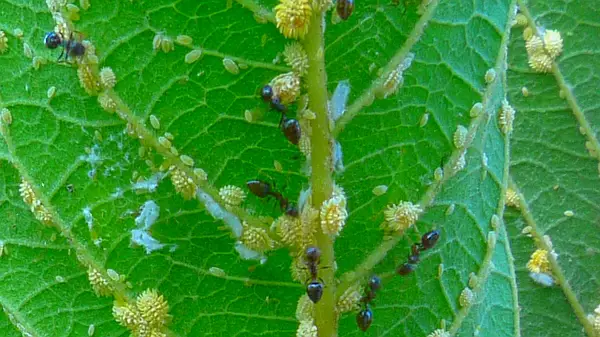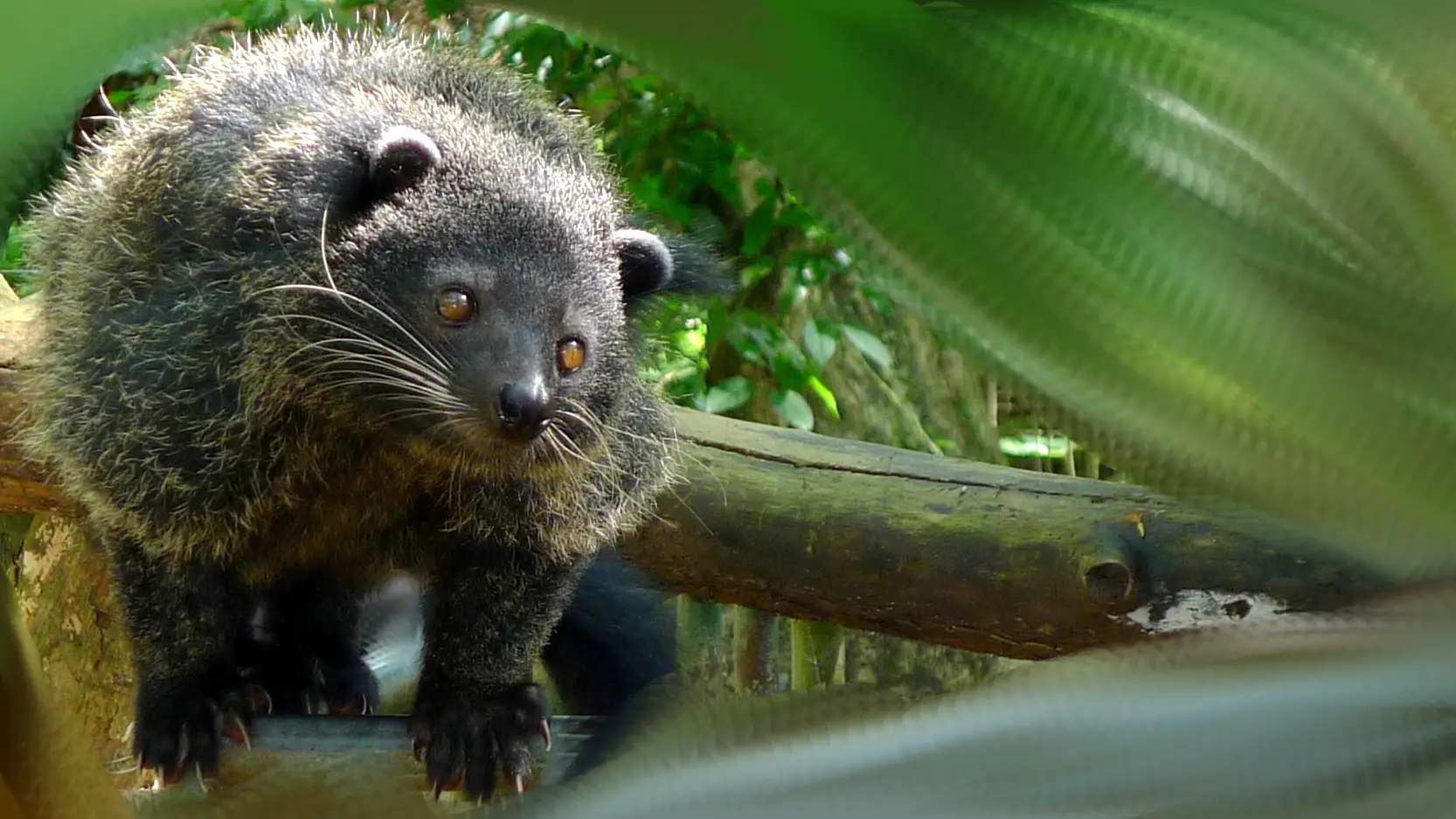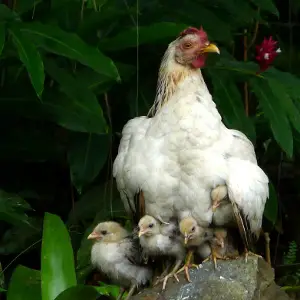Table of Contents
Solution to World Hunger
How can world hunger be resolved? What is the solution to world hunger?
The answer: through eating the r strategists! What are r-strategists and how can these animals help relieve pressure on animal populations that traditionally serve as human food? This article explores the possibility of consuming alternative food sources.
The increasing demand for food of 7.2 8.1 billion people in the world puts pressure on conventional food sources. In a span of almost 10 years since this article was written, almost 1 billion people have been added to world population. The Malthusian theory on world population growth appears to be true as people compete for resources.
Thus, there is a need to explore alternative food sources as possible solution to world hunger. Scientists recommend the consumption of animals called the r-strategists.
What are r strategists?
The so-called r-strategists are animals that reproduce so fast that chances for their populations to get depleted is much lower compared to other animals. These animals can live in unstable environments, meaning, situations and conditions where animal populations are under threat.
The adaptive evolution is to have so many of their own kind. Thus, saith the r/K theory that became popular in the 1970s.
For better understanding, let me define the r and the K in the r/K theory.
The r/K Theory
The r in the theory refers or comes from the word “rate.” This word reminds us to think about the rate of reproduction by which animals of this group propagate.
These animals rapidly reproduce to compensate for their small size which easily become prey to other animals in the higher echelon of the food chain. And each of the offspring get less or no parental care. They can also easily adjust to environments that fluctuate. This adaptation strategy increases their chance to survive as a species.

Meanwhile, the K in the theory refers to “carrying capacity.” In contrast to the r-strategists, animals that belong to this category undertake controls to their population by remaining close to the carrying capacity of their habitat. They adopt efficiency in resource use to maintain sustenance or adequate resources for each of the individuals in the face of scarce resources.
The carrying capacity of the habitat must not be exceeded to ensure the survival of these species. Thus, the K-strategists reproduce slowly, nurture their young, have larger bodies, and smaller in number compared to the r-strategists. These animals lie belong to the higher rung of the food chain, serving as “pools of nutrients” that can live in a stable habitat for a long time.

While recent theories like the Life History Theory supplanted the r/K theory, the terms r– and K-strategists are still used by scientists as this theory appears to be a necessary step in the study of animal adaptation to their environment.
If you try to apply this theory by looking at the way animals propagate, it just makes sense. Small animals tend to produce more of their kind while the large animals reproduce slowly.
There are, however, always exceptions to any rule. For example, the bivalve Icelandic quahog (also known as black clam, Islandic cyprine, or black quahog) can live for more than 400 years!
Also, the relatively small fish called orange roughy reproduce only upon reaching 20 years of age. And these fishes are estimated to live 149 years!
This is the reason these fishes were not able to easily regain their population when their populations were subjected to intense fishing pressure in New Zealand, Australia and Namibia because of their popularity as food.
r-Strategists as Solution to World Hunger?

Generally, the animals that are found acceptable by society to eat today are essentially K-strategists. These include meat coming from cows, swine, goat, chicken, among others. The last one, however, appears to lean on the r-strategists because of their short life span. Besides, these birds are domesticated and their growth is hastened to serve increasing fast food consumption demands.
We do eat fishes that are mostly r-strategists although we tend to consume too much of the wild populations. Thus, controls towards sustaining the population of these marine organisms are instituted in most countries with intense fishing efforts.
Other r-strategists that are considered pests because of their great numbers may be considered as general food sources and could be the solution to world hunger.
For example, places like Thailand have exotic foods or foods that are generally regarded bizarre by people from other countries. These include fried crickets, earthworms, scorpions, steamed bugs, cockroaches, ant eggs and all sorts of bugs. These are all r-strategists since they reproduce rapidly but many find unpalatable despite their respectable nutritional value.
These pests are abundant in areas where people suffer malnutrition and lack of food. Is it time that these animals become a normal part of the diet and become solutions to end world hunger?
Consuming these fast-reproducing animals may be the solution to world hunger. That is, if hungry people have the guts to fill their stomachs with such wiggly, wriggly and critty creatures.
Anyone ready to eat a crunchy and creamy cockroach or scorpion? The solution to world hunger could be just a matter of taste or a shift in attitude towards unconventional food sources.
The problem of world hunger will disappear if not minimized once we adopt this unconventional but workable solution. Food security is ensured.
References
Reznick, D.; Bryant, M. J.; and Bashey, F. ,2002. r-and K-selection revisited: the role of population regulation in life-history evolution. Ecology, 83 (6): 1509–1520. doi:10.1890/0012-9658(2002)083[1509:RAKSRT]2.0.CO;2
Schleif, M. 2013. “Arctictis binturong” (On-line), Animal Diversity Web. Accessed September 01, 2014 at http://animaldiversity.ummz.umich.edu/accounts/Arctictis_binturong/
© 2014 September 2 P. A. Regoniel | Updated 18 January 2024




Thanks to the great guide